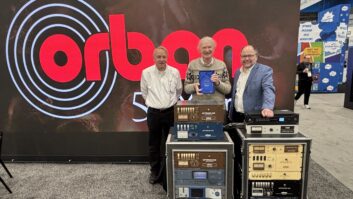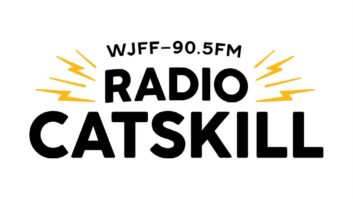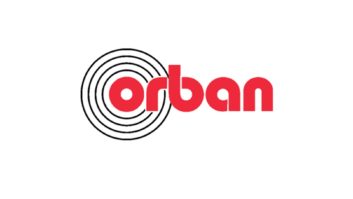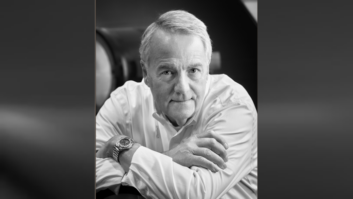Regarding Frank Foti’s SSB FM proposal as described in “A Method to Improve Conventional FM Stereo” (Radio World Engineering Extra, Oct. 13):
The main computational load required to implement this system is the linear-phase FIR low-pass filters needed to realize the Weaver modulator that would generate the SSB component. The L+R would also have to be delayed by the group delay of these filters. If SSB operation is required down to 0.15 Hz (which would be required to preserve the peak level of a highly processed audio waveform), then these FIR filters would be very long (they would be required to have a transition region between pass-band and stop-band of 0.15 Hz) and would probably need to be computed by fast convolution. This implies a long coding delay, which would cause problems if talent needed to monitor off-air through headphones. (Our processors offer an “ultra-low-latency” structure that can be put on-air to address this.)
I have examined the mathematics, and it turns out that one could also do a vestigial sideband realization where the upper sideband was allowed to have frequency components up to a few hundred Hz. This would substantially ease the filter requirements and would also result in less coding delay. It is possible to arrange the VSB such that the peak modulation of the composite baseband signal is still correctly controlled; the sum of the gains of corresponding upper and lower sidebands must be unity and these sidebands must be in phase, which will occur in a phase-linear realization. (Conventional DSB FM stereo is a limiting case of this, where mirror-image sidebands of 0.5 gain appear throughout the stereo subchannel spectrum.)
One other important thing to consider is how certain receivers might react to this waveform. I know that Sony in its most advanced receivers uses the quadrature component of the stereo subchannel to estimate channel noise. This noise estimate is used to control a variable-blend-to-mono algorithm in sub-bands. This exploits the fact that in conventional FM stereo, the quadrature component of the stereo subchannel is zero, so material appearing in quadrature can assumed to be due mainly to transmission channel degradation, including multipath and noise. I do not know if any other brands of receivers use this information, but if they do, it’s important to know this because the SSB modulation will result in a quadrature component that is equal in magnitude to the in-phase component when demodulated with a conventional double-sideband synchronous detector. If the receiver misinterprets this, it could result in a premature blend to mono. Broadcasters need to know if implementing the new system will force a significant number of the listeners’ radios into blending, which can also include HF rolloff.
In addition, I believe that before transmissions using this technique are allowed to proceed, laboratory measurements of co-channel RF protection ratios should be made both under ideal conditions and with multipath. While the results may well favor the SSB technique, it is important to know this with certainty before this proposal is placed before the regulatory authority because this would affect the interference environment in the FM band. Once co-channel RF protection ratios have been measured and determined not to create worse co-channel interference than the existing system, I don’t see any reason why the system can’t be put on the air for tests.
I am in favor of any changes that will in fact benefit the listener. But when one proposes changing FCC and ITU-R rules, regulations and standards, it is necessary to supply a great deal of data. The proposed system must be completely described technically (like, for example, the ATSC digital television system and not like the HD Radio system with its black-box codec) and must be thoroughly tested to determine receiver compatibility and co-channel RF protection ratios. (In my opinion, based on the RF spectra pictures in Mr. Foti’s article, adjacent-channel RF protection ratios should not be a problem because of the system’s lower bandwidth.)
I think that this is an excellent project for the NRSC and I would certainly be interested being involved with a working group to investigate this. I believe that NPR Labs has the necessary equipment, particularly the multipath simulator and other aspects of the RF path instrumentation.
Bob Orban
San Leandro, Calif.







